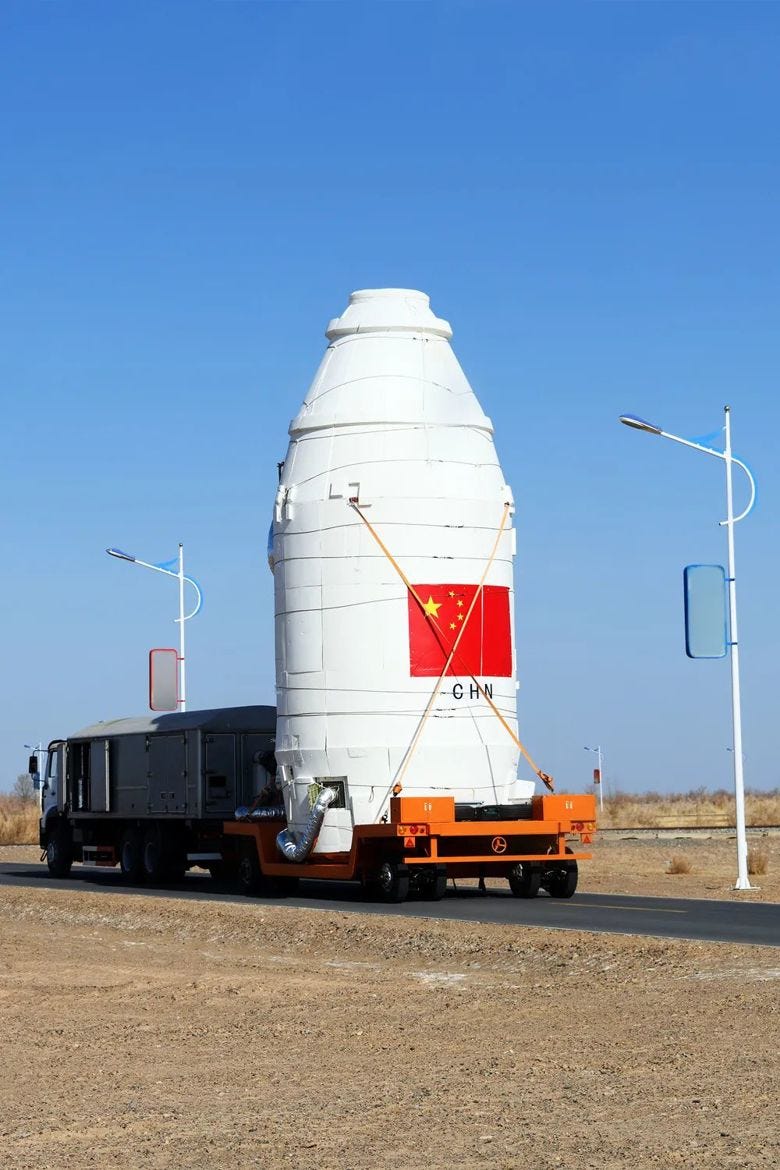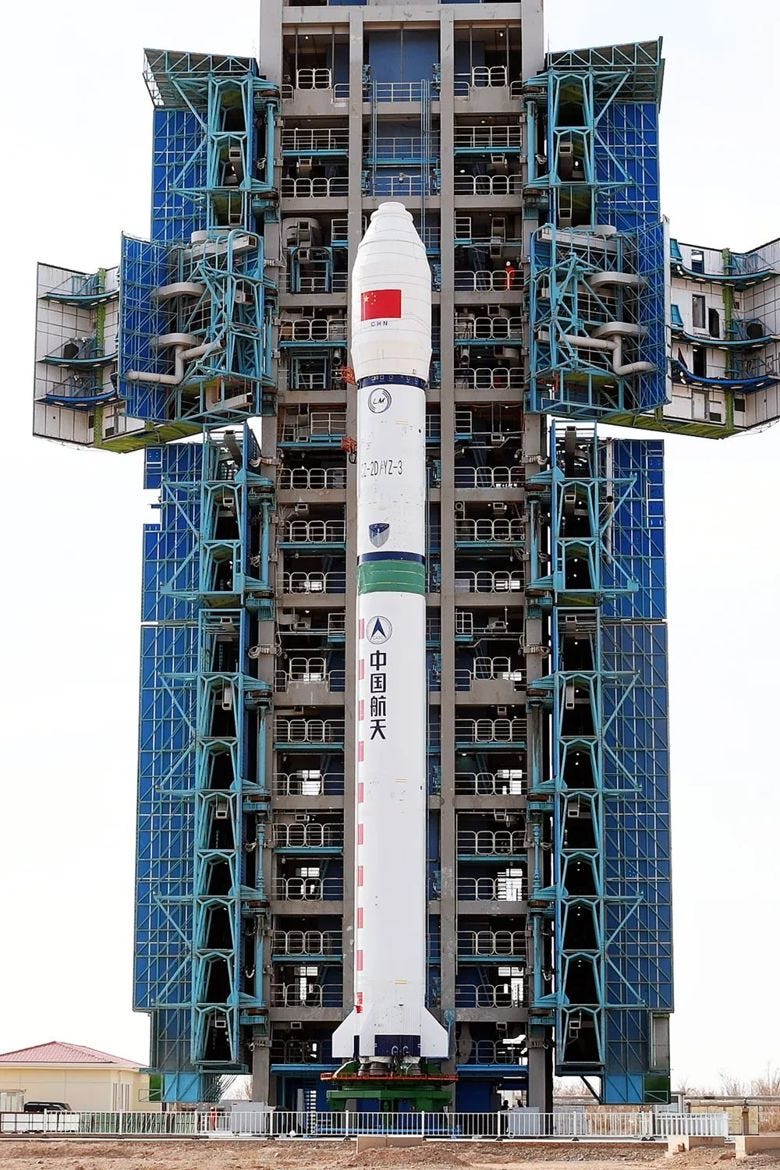Long March 2D/YZ-3 Y87 post-flight look
This post was originally published on March 21st 2024.
As part of the near-perfect quadruple worldwide back-to-back launches, a Long March 2D lifted off from Launch Area 4 at the Jiuquan Sattelite Launch Center. The Long March 2D/YZ-3 Y87 vehicle took off from the Jiuquan Satellite Launch Center at 13:27 pm China Standard Time, or 05:27 am Universal Coordinated Time.
Interestingly the rocket was flying with a Yuanzheng-3 upper-stage after the recent failure. This could either be that prolonged use of the stage was not needed or that the China Academy of Launch Vehicle Technology knows why the last Yuanzheng upper-stage failed, the cause of the failure has not yet been shared publically. The Yuanzheng-3 for this launch reportedly worked as planned with no problems.

Onboard the Long March 2D/YZ-3 Y87 vehicle heading to space were an unknown number of Yunhai-2 satellites. The satellites are believed to be tasked with surveying atmospheric factors, monitoring the space environment, providing data to support disaster prevention and mitigation efforts, and carrying out scientific experiments according to the China Academy of Space Technology Corporation.
The Yunhai-2 satellites are believed to be able to do this via the use of Global Navigation Satellite System Radio Occultation. The satellites are believed to be in their desired orbit and healthy at this time.
The China Academy of Space Technology Corporation also shared that this was the eighty-sixth launch of the Long March 2D, the third use of the Yuanzheng-3 upper-stage, and the five-hundred and thirteenth launch of the Long March series of launch vehicles.

Despite the reports for their use, the United States and NASA believe the satellites are for military purposes. The United States and its various government agencies consider most spacecraft from China to be of military use despite showing little to no evidence to support the claims.
What is the Long March 2D?
This section is for those less familiar with China's Long March series of launch vehicles.
The Long March 2D is a two-stage rocket that burns Dinitrogen Tetroxide and Unsymmetrical Dimethylhydrazine in both of its stages. It is believed to be able to lift 3,500 kilograms to low Earth orbit, or 1,300 kilograms to a 700 kilometer sun-synchronous orbit.

The first-stage is powered by four YF-21C engines generating 302 tons of thrust burning Dinitrogen Tetroxide and Unsymmetrical Dimethylhydrazine. The exact burn time for the first-stage is currently unknown outside of China.
The second-stage is powered by one YF-24C engine generating 80 tons of thrust burning Dinitrogen Tetroxide and Unsymmetrical Dimethylhydrazine. Once again the exact burn time of the second-stage is unknown outside of China.
The Long March 2D is manufactured by the Shanghai Academy of Spaceflight Technology and weighs 232,250 kilograms when fully fuelled. When on the launch pad the rocket is 41 meters tall.
The Long March 2D reportedly has launch pads at the Xichange Satellite Launch Center, Taiyuan Satellite Launch Center, and the Jiuquan Satellite Launch Center.



